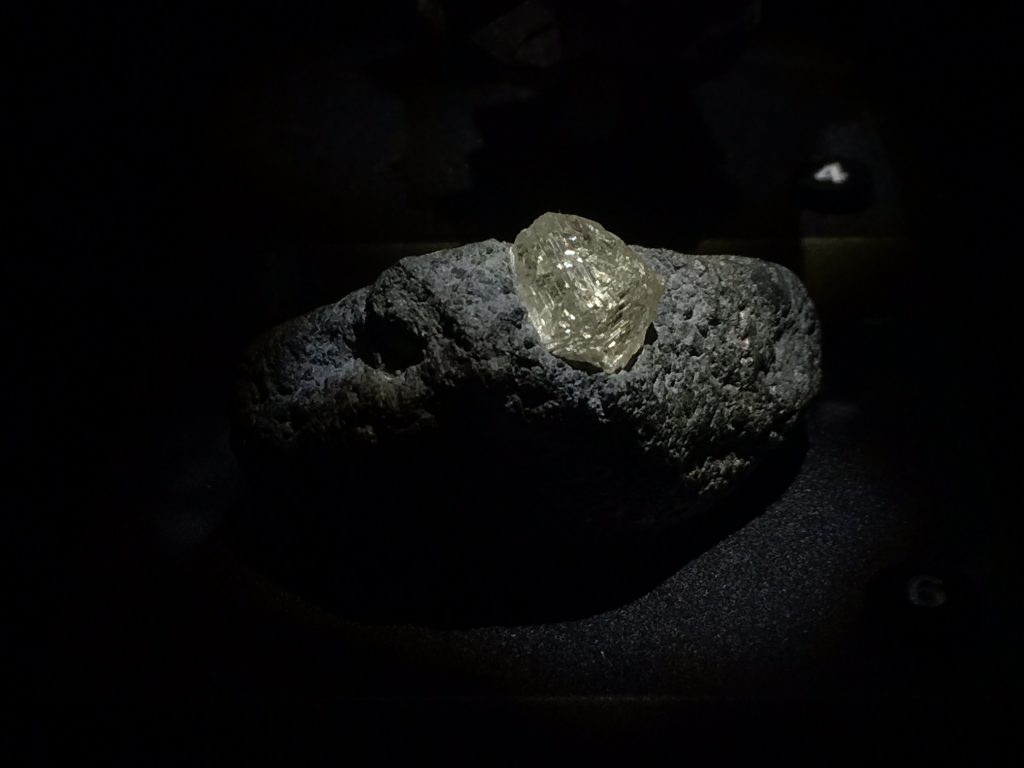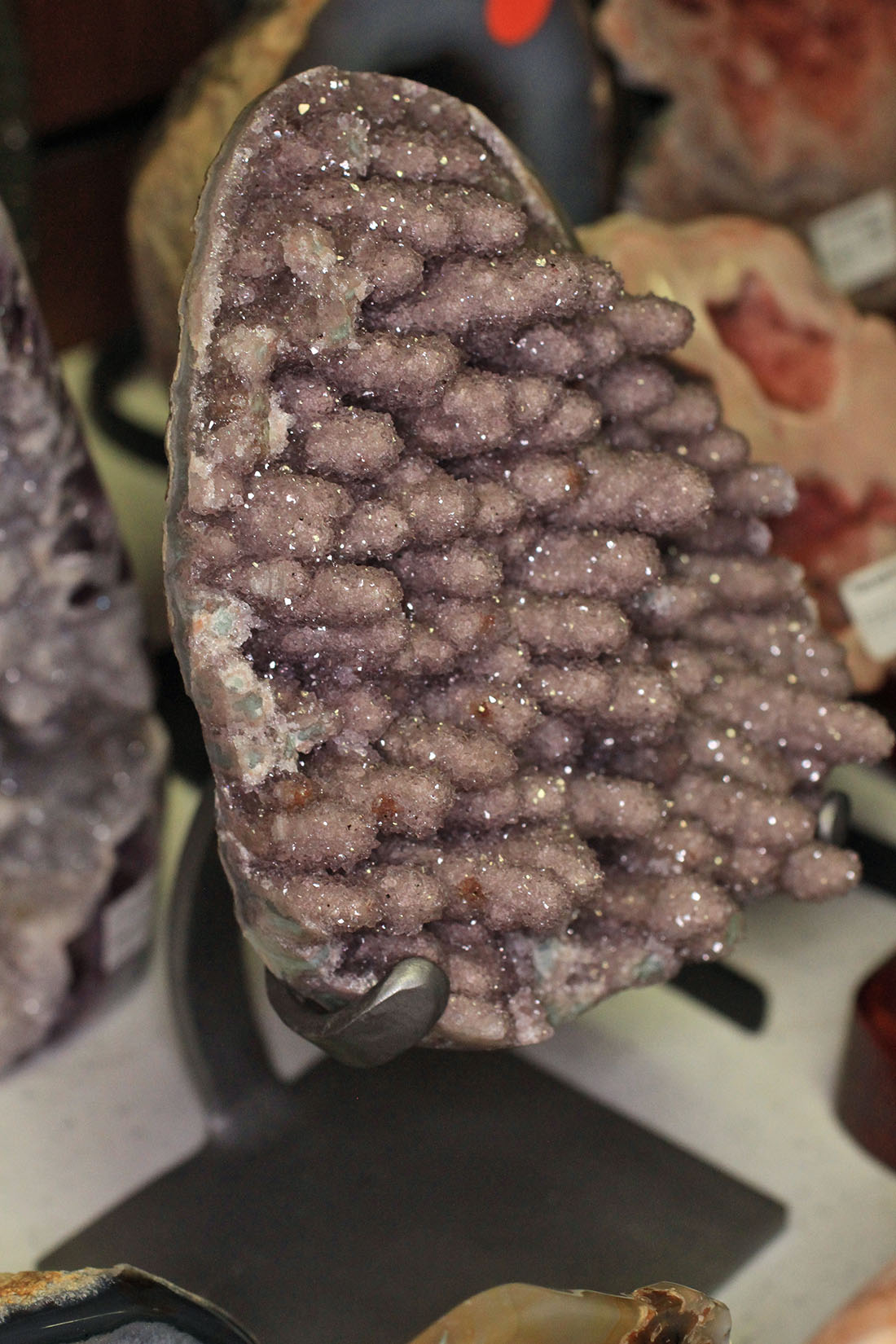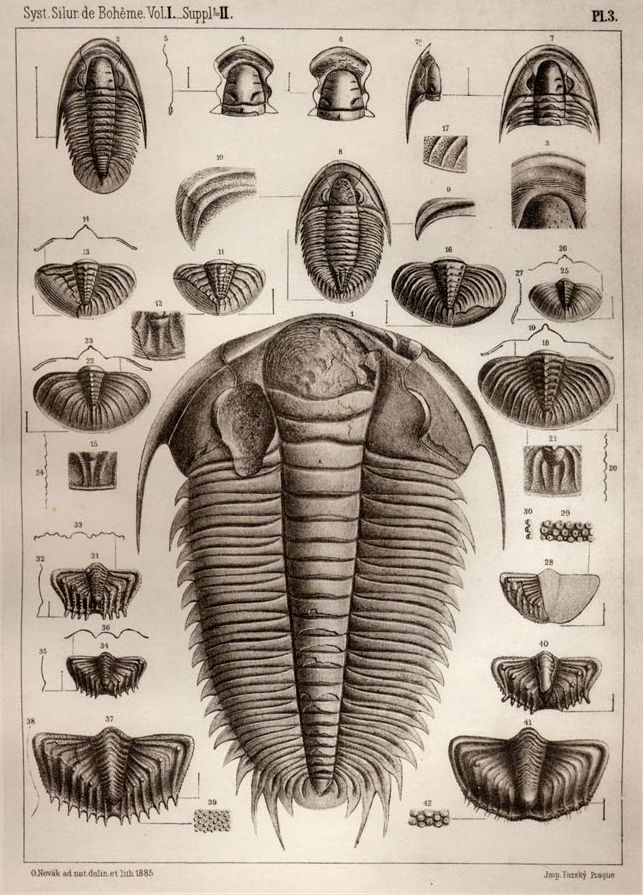This large diamond, responsible for catching the eyes of many patrons in the Cullen Hall of Gems and Minerals was discovered in the late 1970s in Russia and acquired by the museum in 1985.
Diamonds were first discovered in Russia during the placer gold mining operations in the Ural Mountains during the late eighteenth century. After over 150 years of exploration, the first deposit of diamonds using hard rock mining techniques was not discovered until June 13, 1955. This discovery was made by geologist Yuri Kharbardin while he was working in Yakutia, Siberia. Kharbardin stumbled across a geological outcrop, known as a volcanic pipe, a vertical conduit below a volcano through which magma has passed and has become filled with solidified magma and fragments of other older rocks. This volcanic pipe contained diamond crystals frozen in a bluish igneous rock called kimberlite. Kharbardin attributes this discovery to the fact that he happened upon “a fox who had thrown the bluish kimberlite earth out of its lair.”
Since the discovery of Kharbardin’s diamond deposit, billions of dollars’ worth of the finest quality of transparent diamond crystals have been unearthed.








